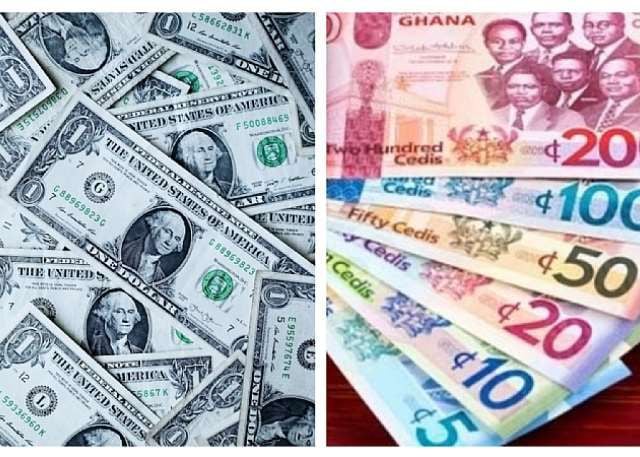The Ghanaian cedi exhibited notable volatility against major international currencies, particularly the US dollar, on Monday, July 28, 2025. This fluctuation was evident across different segments of the foreign exchange market, including forex bureaus, the Bank of Ghana interbank market, and money transfer platforms. Cedirates.com, a recognized platform for tracking currency exchange rates in Ghana, reported an average buying rate of GHS10.48 and a selling rate of GHS11.02 for the US dollar. This indicates a considerable spread between buying and selling prices, reflecting the dynamic nature of the currency market. The variability in exchange rates underscores the influence of supply and demand dynamics, market sentiment, and other economic factors affecting the cedi’s valuation.
Forex bureaus, which cater primarily to individual customers and smaller businesses, quoted higher exchange rates compared to the interbank market. The US dollar traded at GHS11.70 for buying and GHS12.00 for selling at these bureaus. This difference in pricing reflects the operational costs and profit margins incorporated by forex bureau operators. The wider spread between buying and selling rates at forex bureaus also suggests a higher level of perceived risk and potentially lower trading volumes compared to the interbank market, which caters to larger transactions between financial institutions. The interbank market, operated by the Bank of Ghana, displayed a tighter spread, with buying and selling rates for the US dollar at GHS10.44 and GHS10.46, respectively. This narrower spread indicates greater liquidity and efficiency in the interbank market.
The fluctuations in the cedi’s value extended to other major currencies like the British pound and the euro. Forex bureaus quoted the pound at GHS13.99 for buying and GHS14.79 for selling, while the Bank of Ghana’s interbank rate stood at GHS14.03. The euro traded at GHS12.21 for buying and GHS12.87 for selling at forex bureaus, compared to the GHS12.26 interbank rate. These variations reflect the interplay of global currency market dynamics and the specific economic conditions affecting Ghana’s currency. The relatively wider spreads observed at forex bureaus compared to the interbank market persist across these currencies, reinforcing the differences in market structure and operational costs.
Money transfer operators, specializing in remittances from abroad, offered competitive exchange rates. LemFi and Afriex provided rates of GHS10.40 and GHS10.35, respectively, for dollar remittances from the US or UK to Ghana. For British pound remittances, LemFi and Afriex quoted GHS14.15 and GHS14.17, respectively. Afriex quoted GHS12.31 for euro remittances, while LemFi offered GHS12.30. These rates, generally more favorable than those offered by forex bureaus, reflect the competitive nature of the remittance market and the economies of scale achieved by these specialized operators. This competition benefits consumers by offering more attractive exchange rates for their international money transfers.
Digital subscription services, a growing segment of online transactions, presented a different exchange rate landscape. Payments for services like Netflix, Spotify, and Apple Music via Visa and Mastercard were processed at an exchange rate of GHS11.24 for both the US dollar and the euro. This standardized rate likely reflects agreements between payment processors and the respective service providers. The relatively higher exchange rate compared to the interbank market and some money transfer operators may factor in transaction fees and other charges associated with international digital payments processing.
In summary, the Ghanaian cedi experienced fluctuations against major currencies on July 28, 2025, with varying exchange rates across different market segments. Forex bureaus offered higher rates compared to the interbank market, while money transfer operators provided competitive rates for remittances. Digital subscription services utilized a standardized exchange rate for payments via international card networks. These variations highlight the diverse landscape of the foreign exchange market and the influence of various factors on currency valuations. The information provided offers a snapshot of the cedi’s performance on a specific date, and continued monitoring of exchange rate trends is essential for businesses, individuals, and policymakers. The observed fluctuations emphasize the importance of understanding the dynamics of different segments within the foreign exchange market when making international transactions.














